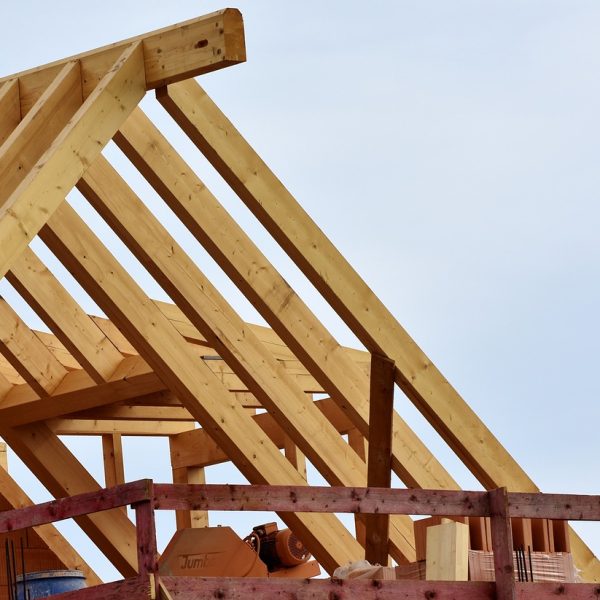Excavation and Trenching
Once the grading is complete, excavation and trenching begin. Excavation involves digging to the required depth for the foundation and basement (if applicable). Soil excavation requires meticulous attention to detail to avoid unnecessary soil displacement or structural weaknesses.
Trenching, on the other hand, is done for utility lines such as water, gas, and electricity. Trenches are carefully planned and excavated to ensure the proper placement of utilities, with separate trenches sometimes designated for each utility type. Trenches are also essential for installing drainage systems and septic systems if the site requires them.



